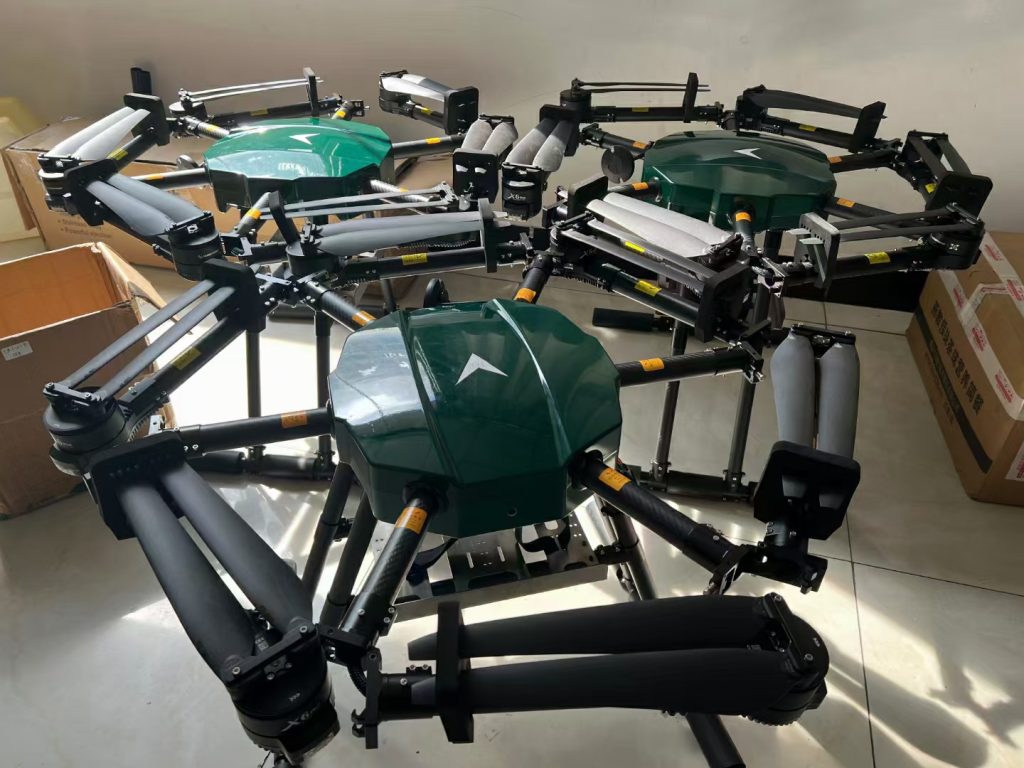
In recent years, agricultural drones have become a game-changer for farmers worldwide. Among their most valuable applications is drone pesticide spraying — a smart, efficient, and eco-friendly way to protect crops from pests and disease. This article explores how agricultural drones are transforming traditional farming practices and why more growers are turning to drone spraying technology.
What is Drone Pesticide Spraying?
Drone pesticide spraying refers to the use of unmanned aerial vehicles (UAVs) equipped with tanks, nozzles, and precision control systems to apply pesticides, herbicides, and fungicides over crops. These spraying drones can fly autonomously, follow pre-planned routes, and deliver chemicals with incredible accuracy.
Benefits of Using Drones for Crop Spraying
1. Efficiency and Speed
Traditional spraying methods — whether by hand or tractor — are time-consuming and labor-intensive. Spraying with drones significantly reduces operation time, especially for large or hard-to-reach fields. Some drones can cover 10–30 acres per hour, depending on the terrain and crop density.
2. Precision Application
Modern agricultural drones use GPS and AI-assisted flight systems to ensure accurate spraying patterns. This reduces chemical waste and ensures only affected areas receive treatment, which is especially helpful for spot spraying and targeted pest control.
3. Reduced Chemical Exposure
By using drones, farmers and workers avoid direct contact with harmful chemicals. This helps improve occupational safety and reduce health risks.
4. Lower Environmental Impact
Drone spraying uses less water and fewer chemicals due to precision targeting. This minimizes runoff and reduces the overall impact on nearby ecosystems and groundwater.
5. Cost-Effective in the Long Run
Although there is an initial investment, drones can save money over time by cutting labor costs, reducing chemical usage, and improving yield through better pest control.
Ideal Use Cases for Drone Spraying
Mountainous or uneven terrain
Paddy fields and wet soil conditions
High-value crops (e.g., fruits, vegetables, tea)
Orchards and vineyards with variable plant height
Organic farming where precision and timing are critical
Key Features to Look for in a Spraying Drone
High payload capacity for longer operation
Obstacle avoidance and terrain-following sensors
Swappable battery and tank system
Weather-resistant design
Customizable spray settings
Challenges and Considerations
While drone spraying offers many advantages, it’s essential to consider:
Regulatory requirements for UAV operation and pesticide application
Battery life limitations
Wind conditions that can affect spray drift
Training and certification needs for operators
The Future of Aerial Crop Spraying
With ongoing innovations in drone hardware, AI, and data analytics, the future of pesticide spraying is highly promising. Drones will increasingly integrate with farm management platforms, allowing for real-time monitoring, autonomous missions, and precision agriculture at scale.
Conclusion
Agricultural drone spraying is not just a trend — it’s a practical solution for modern farming. It offers faster, safer, and more sustainable ways to protect crops and maximize yields. As drone technology continues to evolve, farmers who adopt aerial spraying methods will be better positioned to meet the challenges of tomorrow’s agriculture.


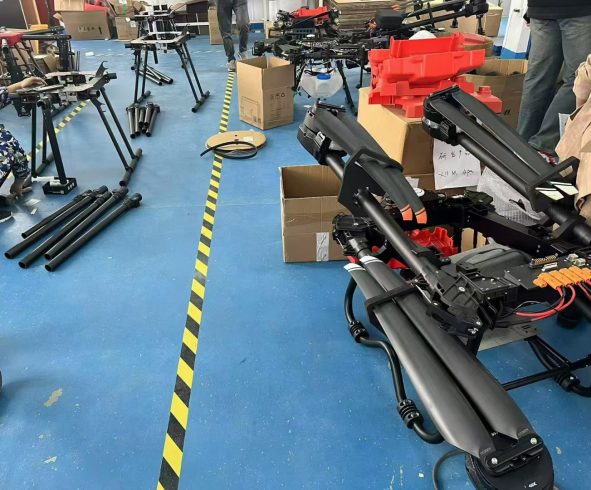
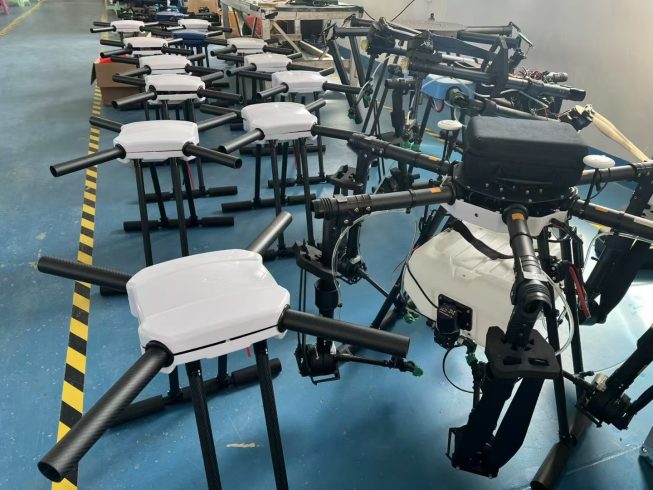
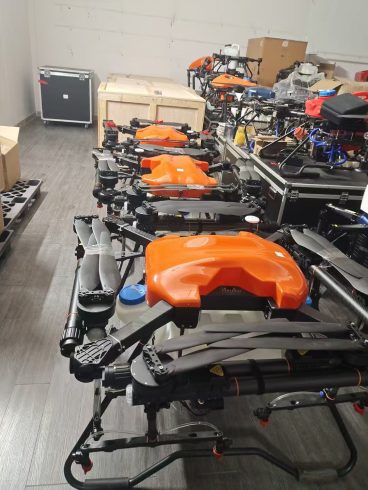
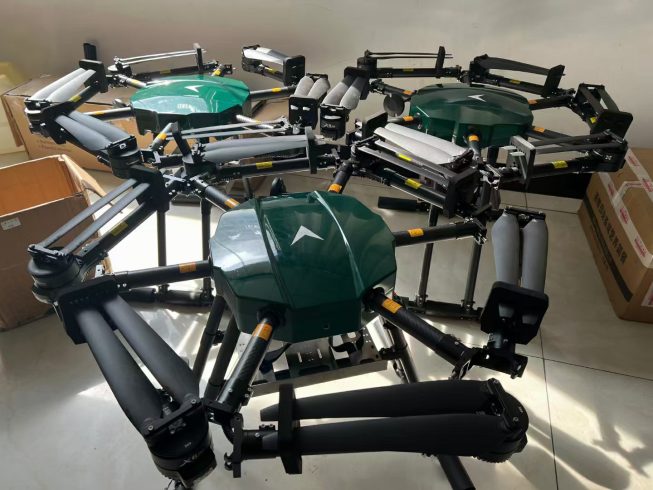
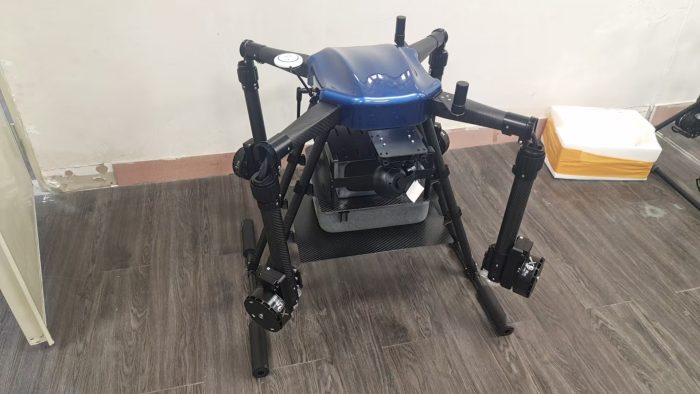
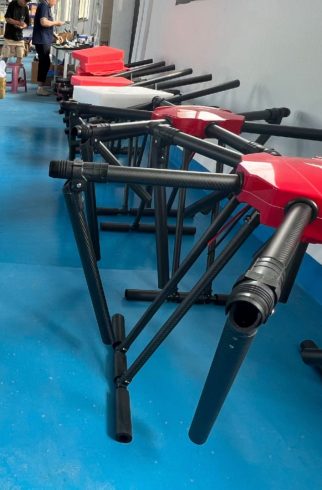
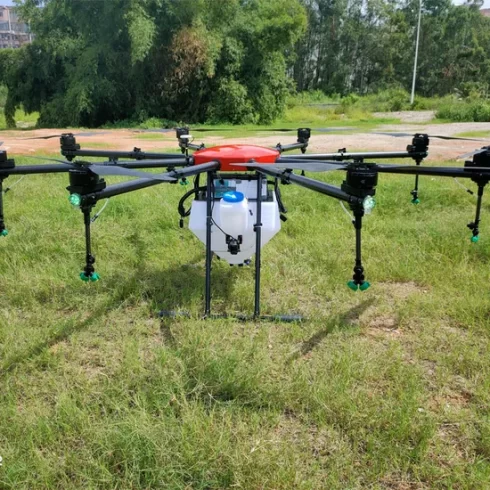
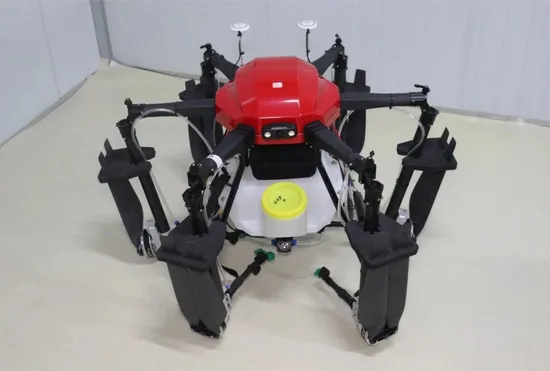
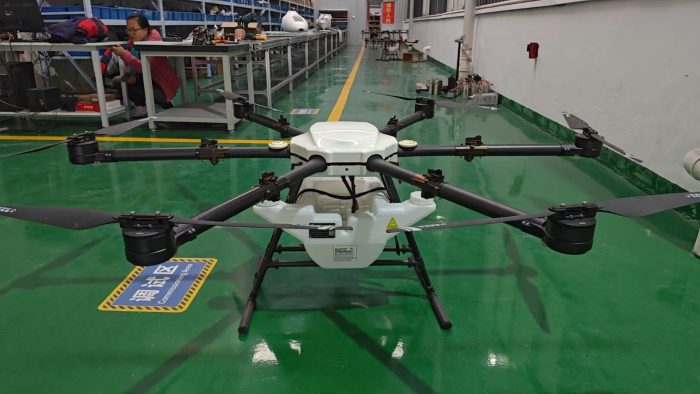
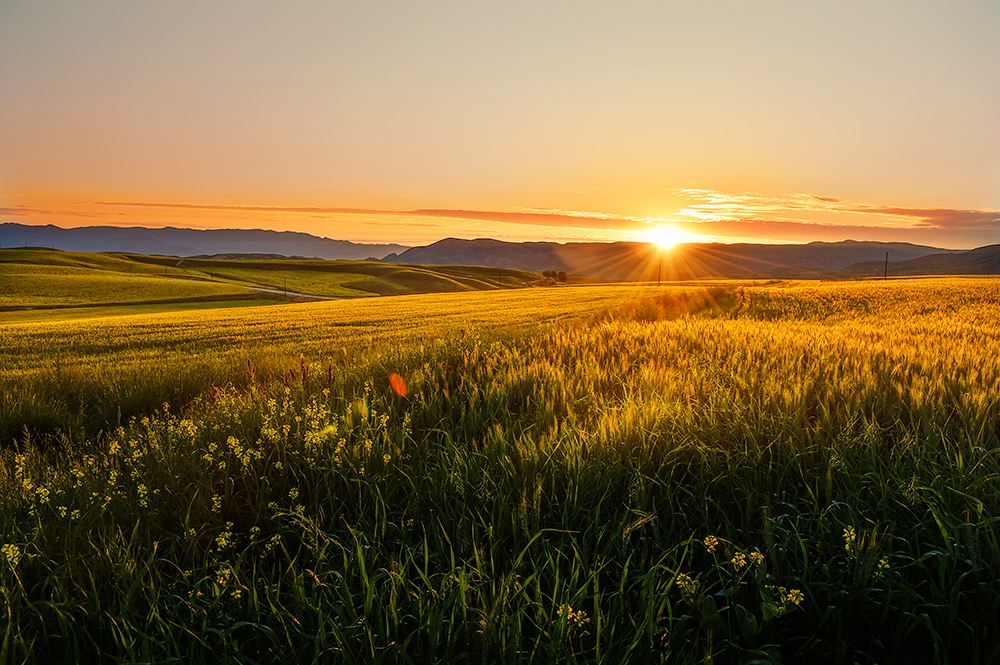
暂无评论内容